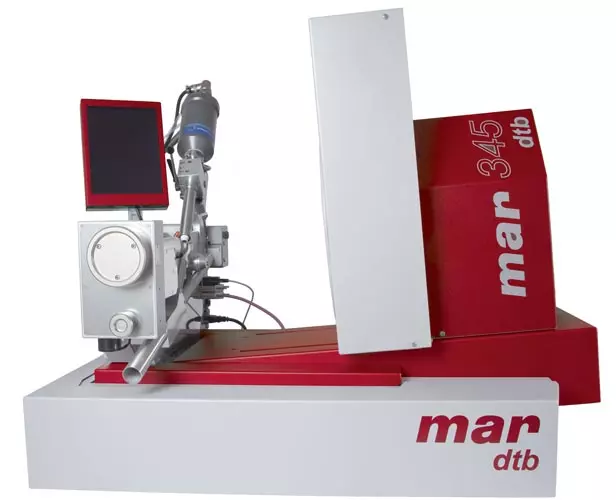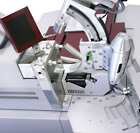mardtb "desktop beamline"

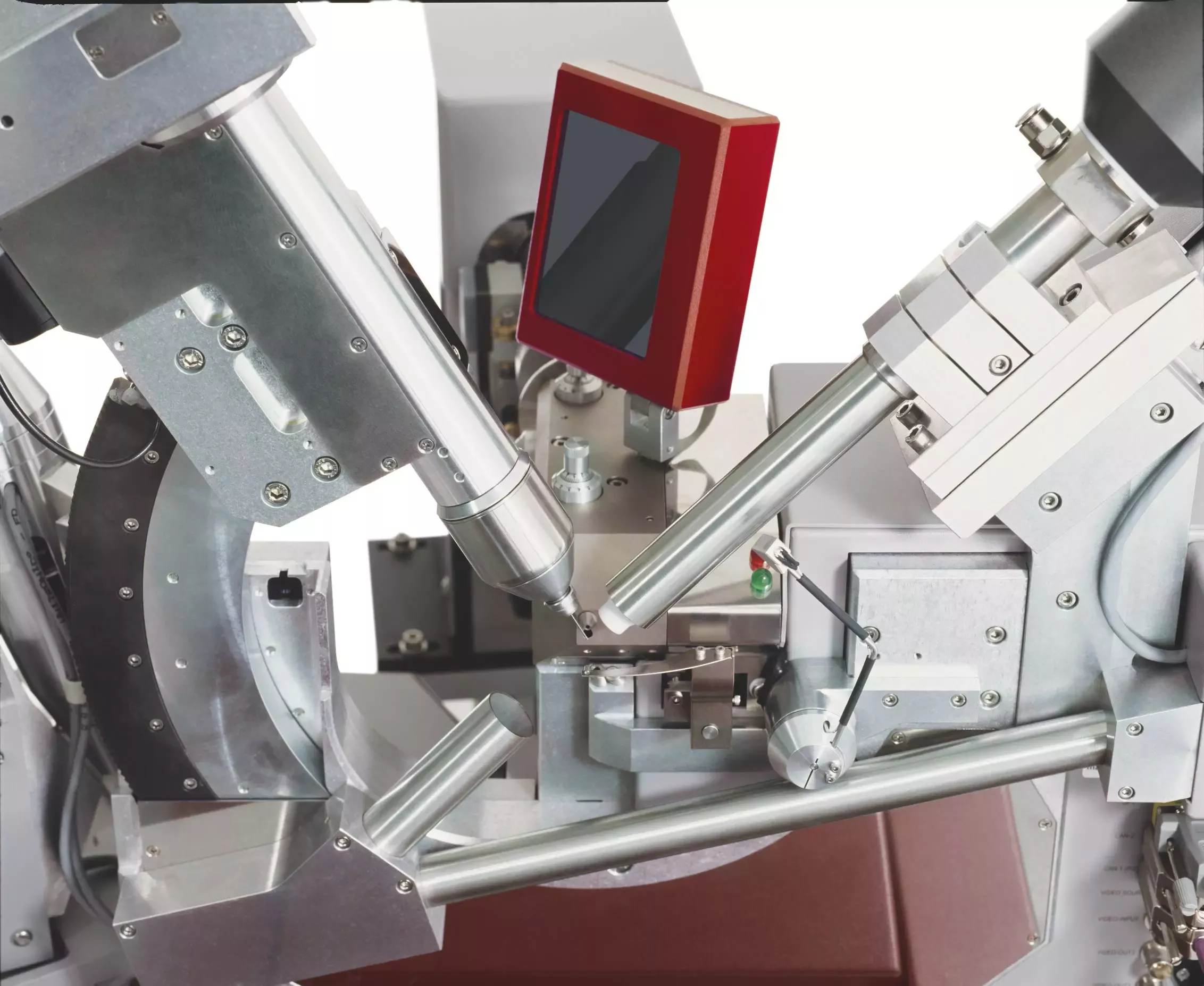
Chi
- Einfache Kristallmontage ohne dabei fl. Stickstoff zu verschütten
- Drehbereich: 0 - 90°
- Motorisiert
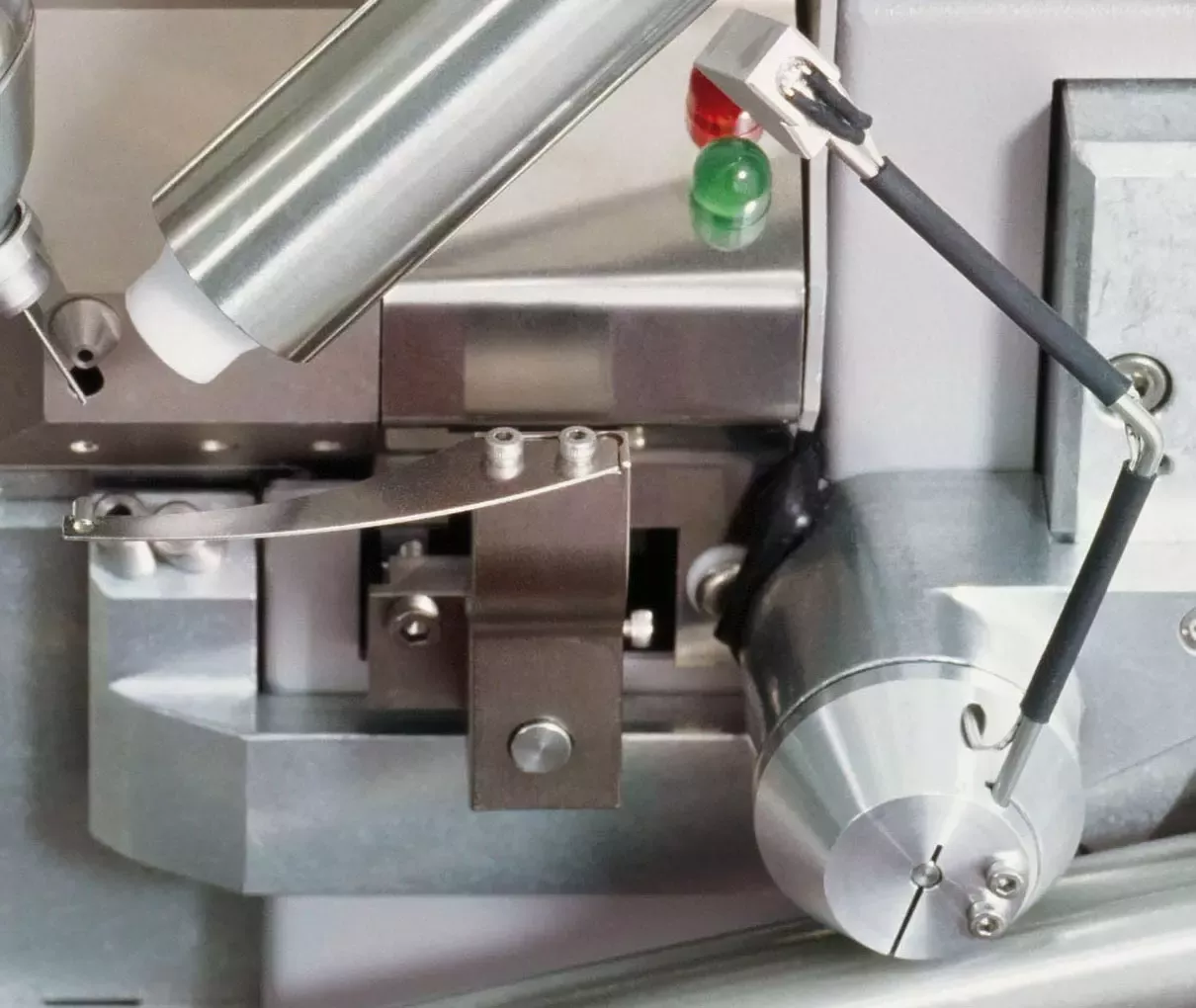
Beleuchtungseinheit
- Hervorragende Probenerkennung
- 2 weiße LEDs in Strahlrichtung
- 1 rote LED als homogener Hintergrund
- Unabhängig von anderen Lichtquellen
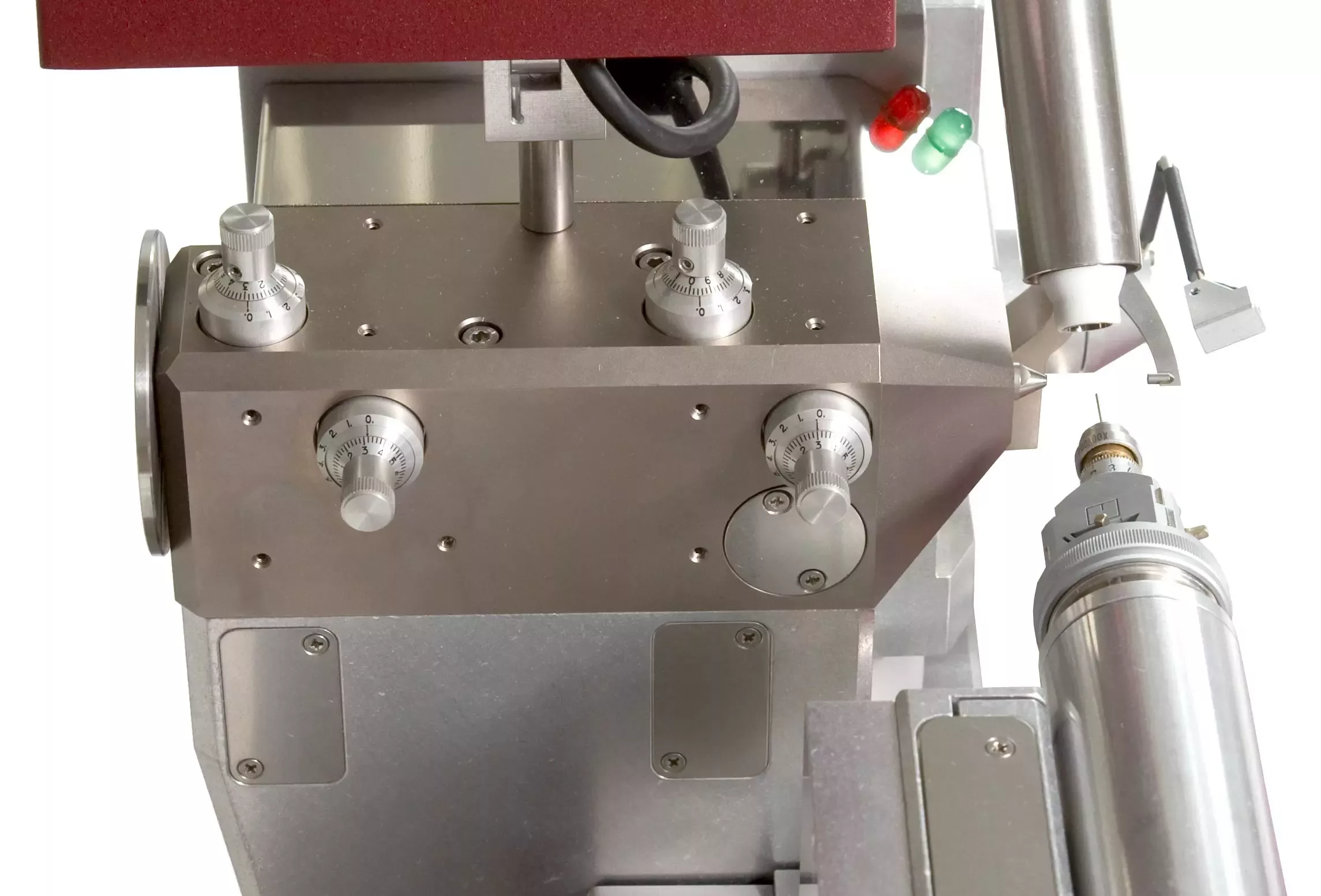
Kollimator
- 2 Paare von motorisierten Blenden
- 2 Ionisationskammern zum ständigen Lesen der Röntgen-Photonen
- Röntgenverschluss am Ende des Kollimators zur Kontrolle der Datensammlung
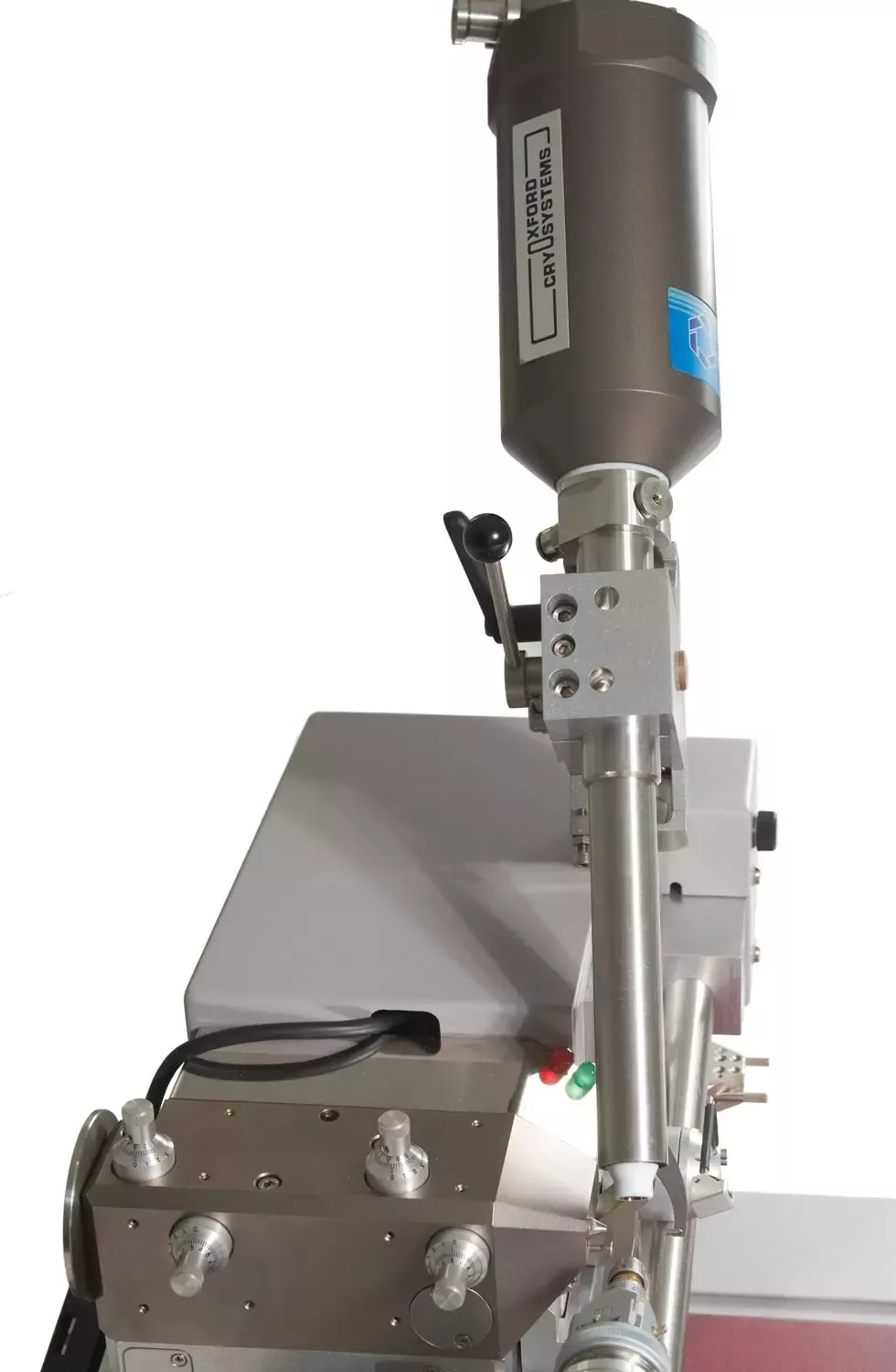
Cryo-Aktuator
- für diverse Typen von Kühlköpfen
- Bedienung mit einer Hand
- Bewegt den Kühlkopf aus dem Weg zur Kristallmontage
- Motorisierte Version verfügbar
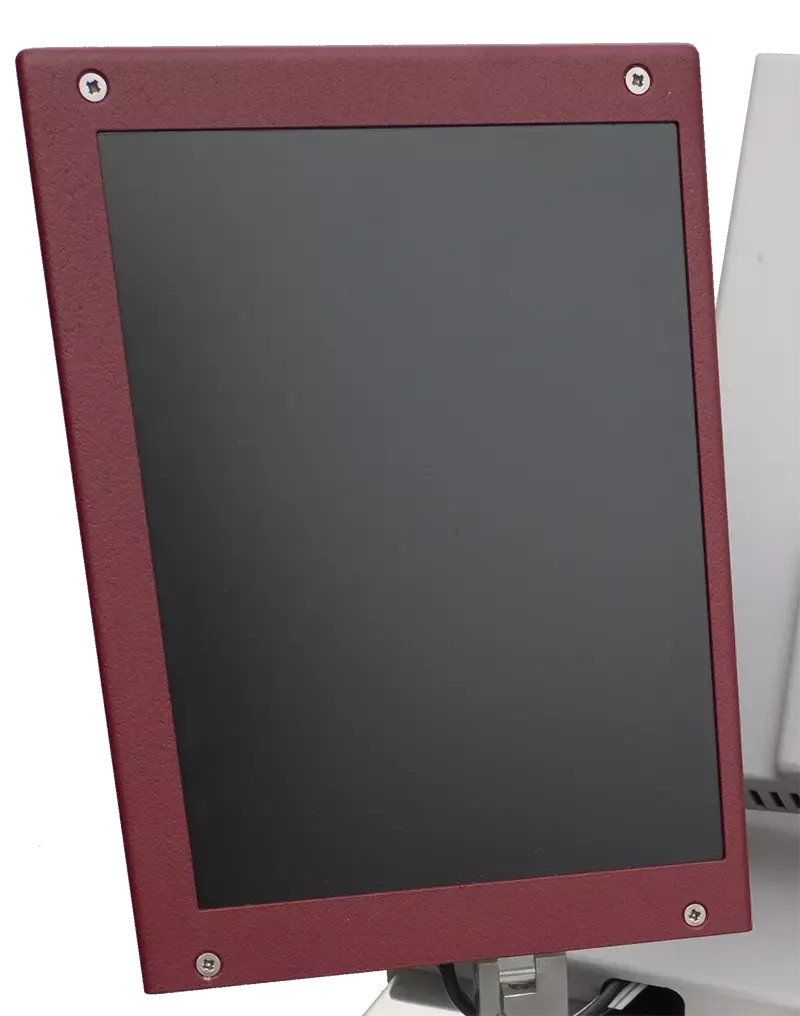
Kristallmonitor
- eingebaute Kamera mit großem LCD-Bildschirm
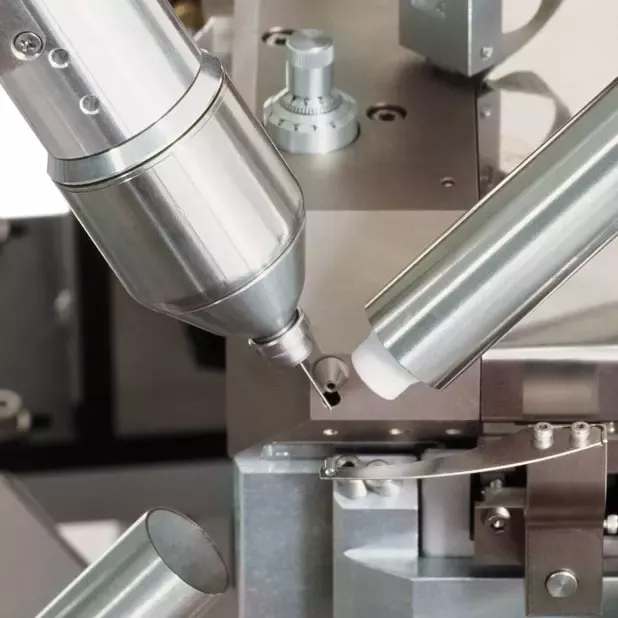
Motorisierter Goniometerkopf
- eingebaute x,y,z Motoren
- Elektromagnet zur Fixierung von magnetischen Porbenträgern
- Kompatibel mit allen üblichen Probenträgern
- Point & Click Zentrierung per Software
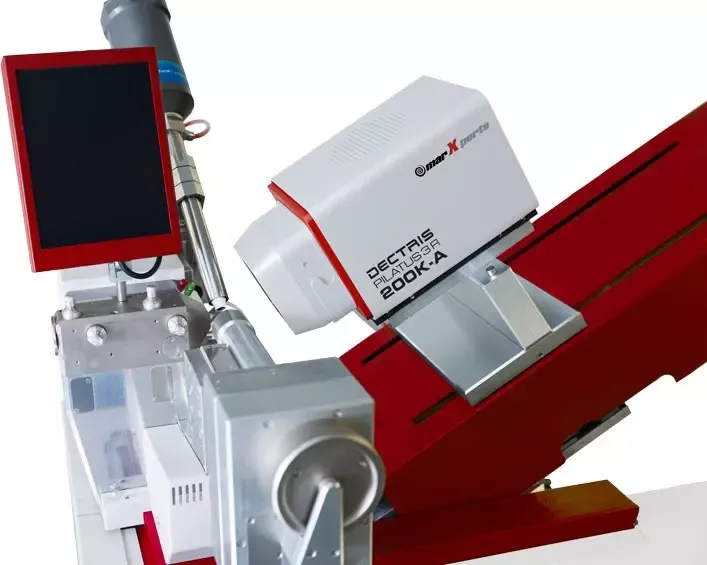
Distanz & 2-theta
- Translation in Strahlrichtung ca. 380 mm
- 2-theta Rotation bis 30°
- Montagevorrichtung für viele Detektortypen (bis zu 80 kg)

Automatische Strahljustierung
- Hor. & vert. Motor zur Translationen um Strahl
- Hor. & vert. Motor für Rotatioen um Strahl
- Vollautomatische Strahlsuche
- Vollautomatische Strahloptimierung
- Kontinuierliche Aufzeichnung der Strahlintensität
Mit der mardtb "desktop beamline" bringen wir all jene Werkzeuge ins Heimlabor, die die Kristallographen von Synchrotron-Beamlines kennen. Sie bietet einen sehr hohen Automatisierungsgrad. Nahezu alle Bewegungen sind motorisiert. Alle Motoren werden von einem Mikroprozessor gesteuert, der über eine Ethernet-Schnittstelle von einem Host-Rechner bedient werden kann.
Das mardtb Gonimeter kann alternativ auch von mobilen Endgeräten (Android) bedient werden. Mehr details hierzu unter mardtbapp
HIGHLIGHTS
VIELSEITIG
Das Instrument kann mit jeder Röntgenstrahlquelle kombiniert werden, von einfachen Stehanoden-Generatoren bis zu modernen Synchrotrons. Das Gerät trägt entweder einen mar345 Bildplatten-Detektor, einen CCD-Detektor (z.B.. SX-165) oder einen Pixeldetektor der PILATUS3 oder EIGER2-Serie.
AUTOMATISCHE STRAHLJUSTAGE
"INVERTED PHI" GEOMETRIE
EINGEBAUTES MIKROSKOP
ECHTE 2-THETA ACHSE
KEINE VEREISUNG
BIS ZU 22 MOTORE
VERLÄSSLICH
BETRIEBSKOSTEN
KONFIGURATIONEN
OPTIONEN & ZUBEHÖR
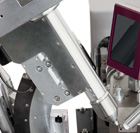 |
Automatischer Goniometerkopf mit motorisiierten x,y,z-Translationen:
|
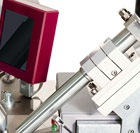 |
Motorisierter Cryo-Aktuator:
|
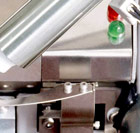 |
Beleuchtungseinheit:
|
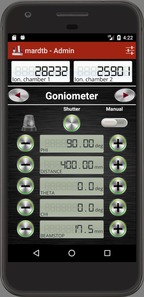 |
mardtb app:
|
SPEZIFIKATIONEN
- Stand alone operation
- Works with any X-ray source (Mo sealed tube to latest synchrotrons)
- Detector mounts for: mar345, Rayonix SX-165 | MX-225, Dectris EIGER2 | PILATUS3
- Compatible with mar345s, Rayonix and Dectris detector systems
- Automatic alignment via host computer
- Dedicated microprocessor
- Real-time OS, TCP/IP services
- 10BaseT Ethernet interface
- Industrial serial bus for expandability
- Open software interface for easy customization
- Motorized slits
- Automatic beam shape optimization
- Variable aperture from 0 to 5 mm with 2.5 µm resolution
- Individual settings for vertical and horizontal beam width
- Tungsten slits for high quality beam shaping
- Automatic or manual setting
- Ionization chambers with large dynamic range (108)
- Covers sources from 3rd generation synchrotrons to sealed tubes
- Fast automatic beam optimization and analysis
- Automatic capture of primary beam characteristics
- Fast rotary beam shutter
- Rotary solenoid for fast operation (1 ms)
- Optical open- and close-state verification
- Adaptive exposure synchronization
- High resolution CCD microscope
- Viewing direction along the beam path (20° offset)
- Highly sensitive high resolution CCD camera (0.0003 lux / f1.4)
- 2 mm x 2 mm viewing area for easy crystal location and centering
- 4" LCD monitor integrated in collimator (70:1 magnification)
- Video output for secondary monitor and frame grabber
- Crystal view capture during data collection
- Motorized precision tungsten primary beamstop
- Automatic beamstop to crystal distance optimization
- Easy beamstop alignment aided by microscope
- Electronic detector collision protection
- Easily attachable/detachable
- 50 mm maximum crystal to beamstop for low resolution optimization
- Fast rotary beam shutter
- Rotary solenoid for fast operation (1 ms)
- Optical open- and close-state verification
- Adaptive exposure synchronization
- High precision phi-axis
- Horizontal configuration
- Resolution: 0.000625°/step, speed: up to 900°/min
- Accuracy: 0.002°, reproducibility: 0.00125°
- Manual gear unlock (anticlockwise) for easy crystal centering
- Electronic referencing of zero position
- Exposure synchronization with shutter feedback
- Enhanced IUCR goniometer head mount
- Motor driven phi-axis translation
- Automatic/manual adjustment, electronic position referencing
- 20 mm range for a 49 mm IUCR goniometer head, resolution: 0.3125 µm/step
- Positioning speed up to 12.5 mm/sec for cryogenic purposes
- Motorized phi-axis swing ('inverted phi')
- Integrated into phi-axis assembly
- Configurable swing angle from 0° to 90°
- Motorized vertical 2-theta arm (0° to 30°)
- mar345: 2-thetamax = 96°, dmin(MoKalpha)=0.48 Å, dmin(CuKalpha)=1.04 Å
- SX-165: 2-thetamax = 106°, dmin(MoKalpha)=0.44 Å, dmin(CuKalpha)=0.96 Å
- EIGER2 R 4M: 2-thetamax = 98.2°, dmin(GaKalpha)=1.20 Å, dmin(CuKalpha)=1.35 Å
- No distance restrictions, electronic position referencing
- High resolution positioning (approx. 0.0001°/step at about 1°/sec)
- Motorized crystal to detector distance translation stage
- mar345: 75 mm to 425 mm, marCCD: 20 mm to 370 mm, Dectris EIGER2 R 4M: 35 to 390 mm
- Integrated into 2-theta arm , no theta restrictions
- Electronic position referencing
- Resolution: 1.25 µm/step, speed: up to 25 mm/sec
- Positional alignment
- High precision vertical and horizontal translation
- Automatic primary beam profiling
- Vertical range: ± 7.5 mm (352.5 mm to 367.5 mm above table top)
- Vertical resolution: < 1 µm (0.05 µm/step), vertical speed: 0.2 mm/sec
- Horizontal range: ± 10 mm
- Horizontal resolution: < 1 µm (0.3125 µm/step), horizontal speed: 3 mm/sec
- Positional alignment
- Directional alignment
- Spindle driven horizontal and vertical rotation
- Automatic beam optimization
- Vertical rotation range: approx. ± 2°
- Vertical resolution: approx. 0.3 µrad/step, vertical speed: approx. 2 mrad/sec
- Horizontal rotation range: ± 3.5°
- Horizontal resolution: approx. 0.8 µrad/step, horizontal speed: approx. 15 mrad/sec
- Beam Profiling
- Configurable adaptive beam optimization:
- any beam from any optic
- Fully automatic 3D beam profile analysis
- Cryostream mount at 45° about the beam axis (5° towards the source)
- Cryostream exhaust with an adjustable flow rate, up to 50 l/minute capacity and virtually no icing near the sample
- Support for Oxford Cryostream 600 to 800 & Cobra series, Oxford Instruments Cryojet and Rigaku Xstream
| CPU | Pentium Pro 200Mhz or better (Intel, AMD, etc.) |
| Memory (RAM) | >= 512 MB |
| Disk space | >= 20 GB |
| Video card: | Support for 24-bit colors at >= 1280x1024 pixels |
| Network card: | Dedicated >= 10 Mbit/s with IP-address 192.0.2.2 |
| TV-card: | Optional feature for mardtb goniometer (see below) |
| Supported OS: | Linux: Ubuntu On request: Mac OS X, Windows, other Linux flavours |
| Required OS components | X-windows, X11-environment, openmotif libraries |
- A PC MUST be equipped with a dedicated Ethernet card set to address 192.0.2.2
- For the mardtb desktop beamline a video frame grabber is strongly suggested. A lost cost USB stick will be okay, but make sure that the stick is supported by the OS.
DOWNLOADS
- Manual für Programm mar345dtb (html)
- Produktbroschüre (pdf: 1.8 MB)
- Aufsicht und Seitenansicht von mardtb mit mar345 Detektor (pdf: 144 kB)
- Aufsicht und Seitenansicht von mardtb mit SX-165 Detektor (pdf: 151 kB)




